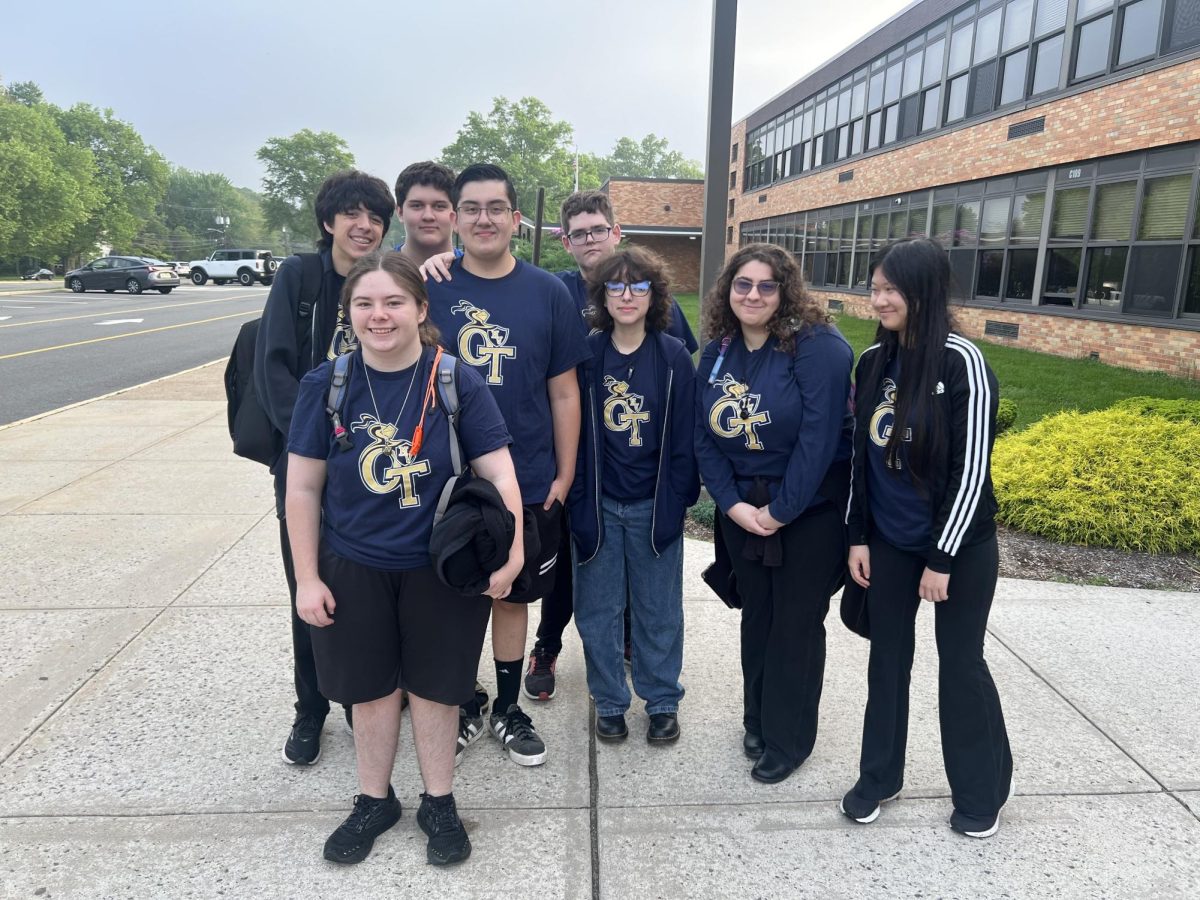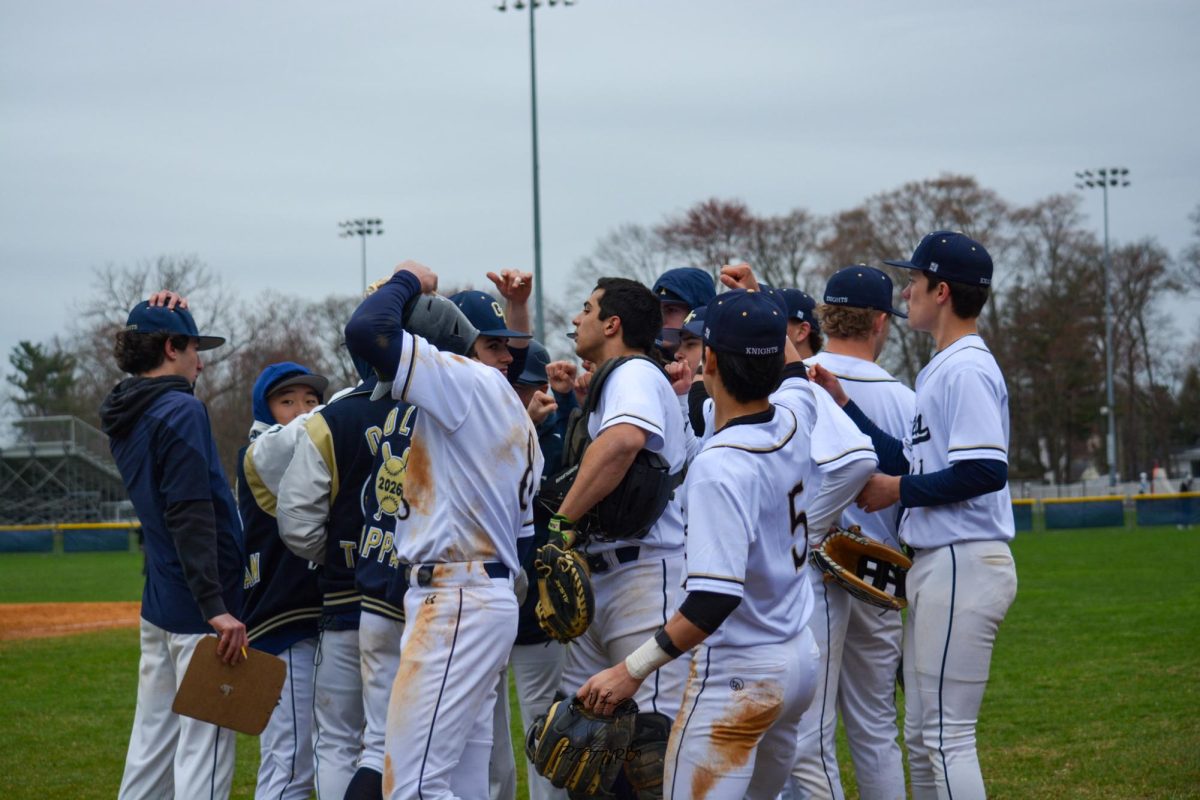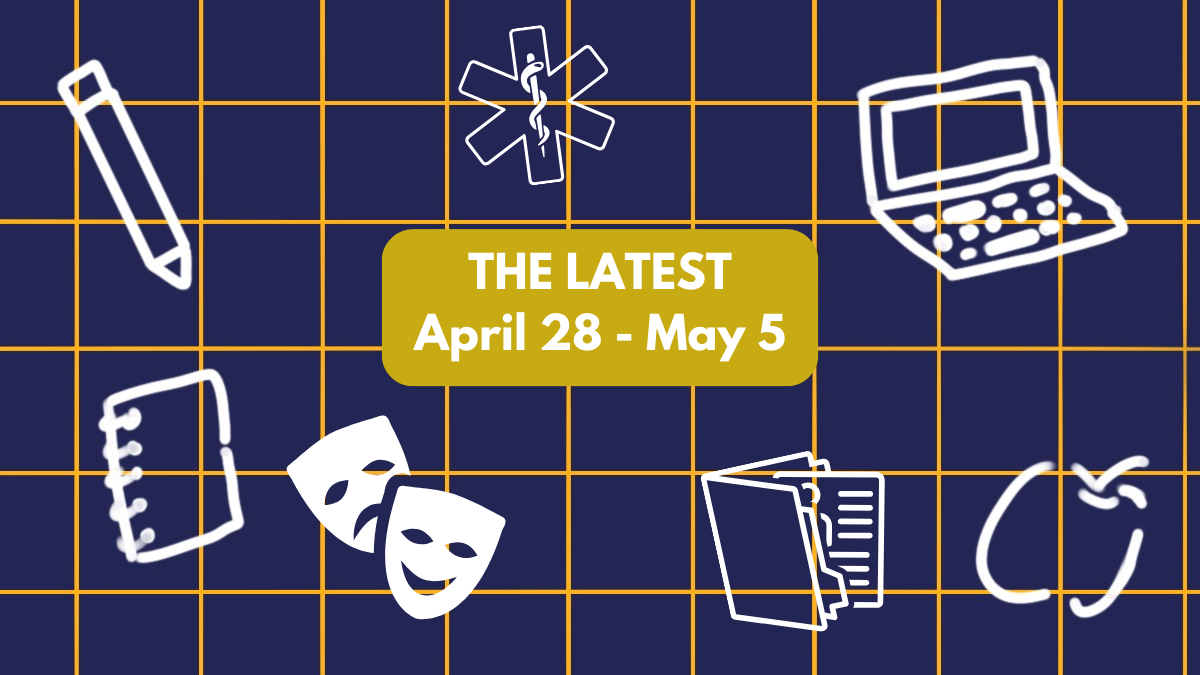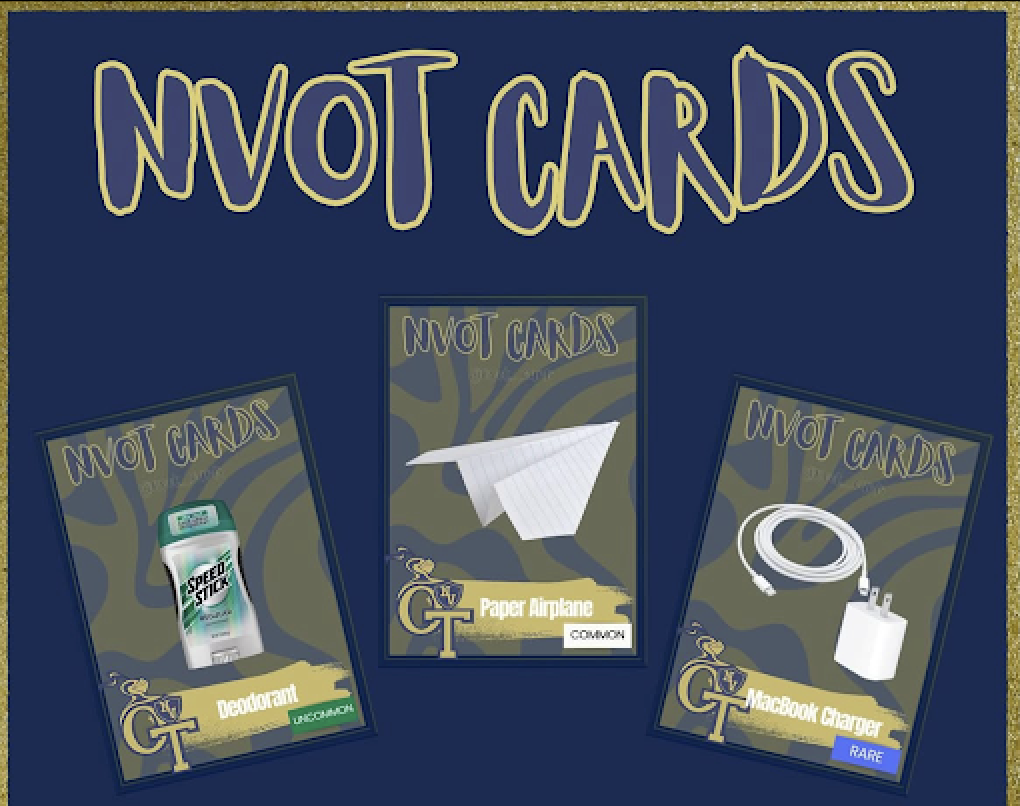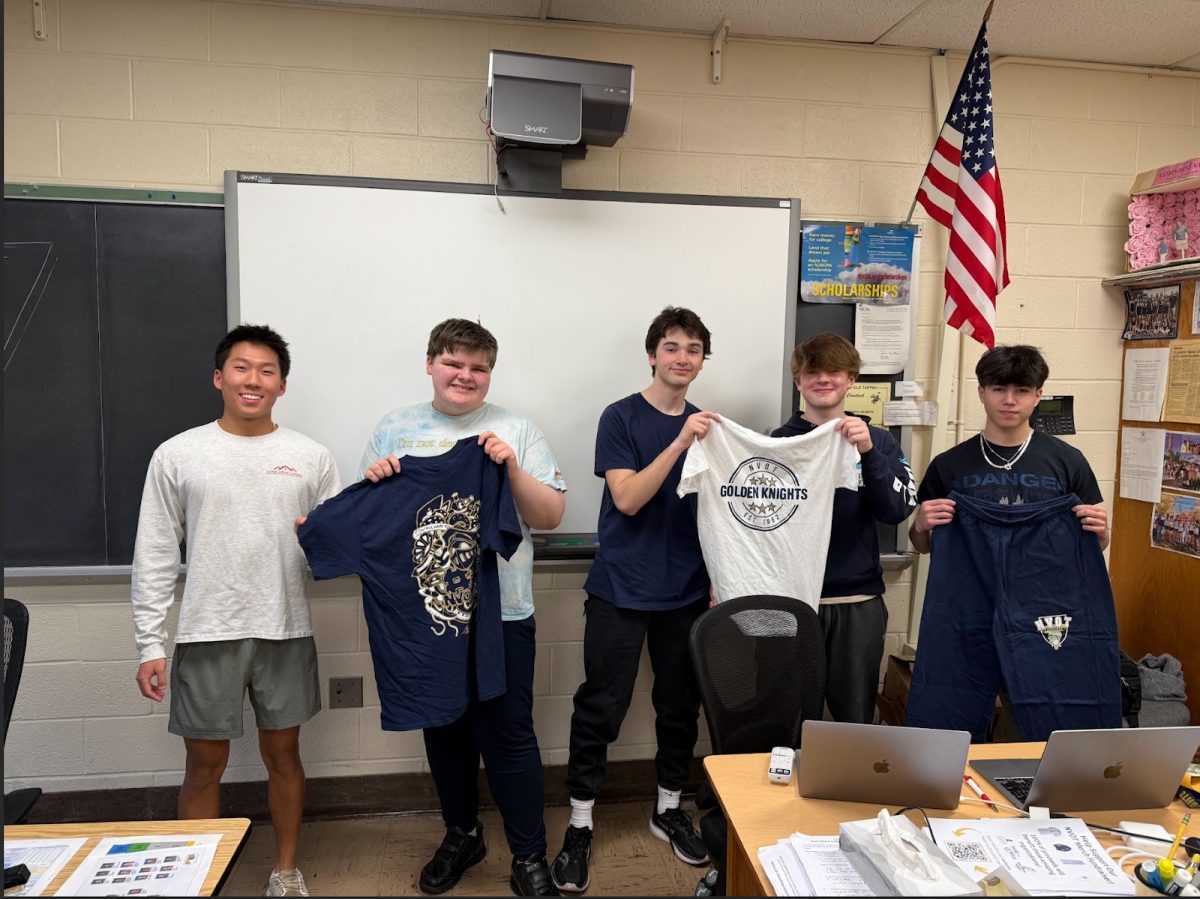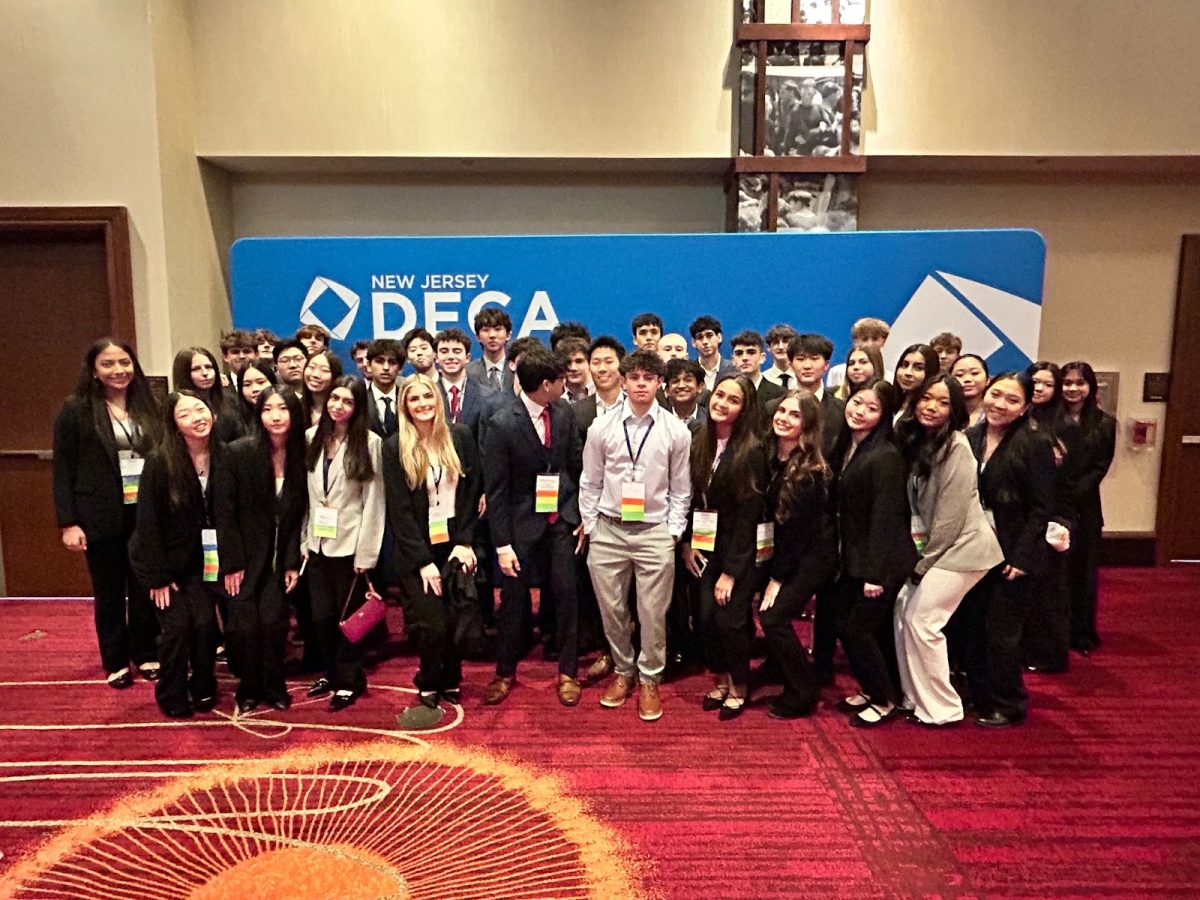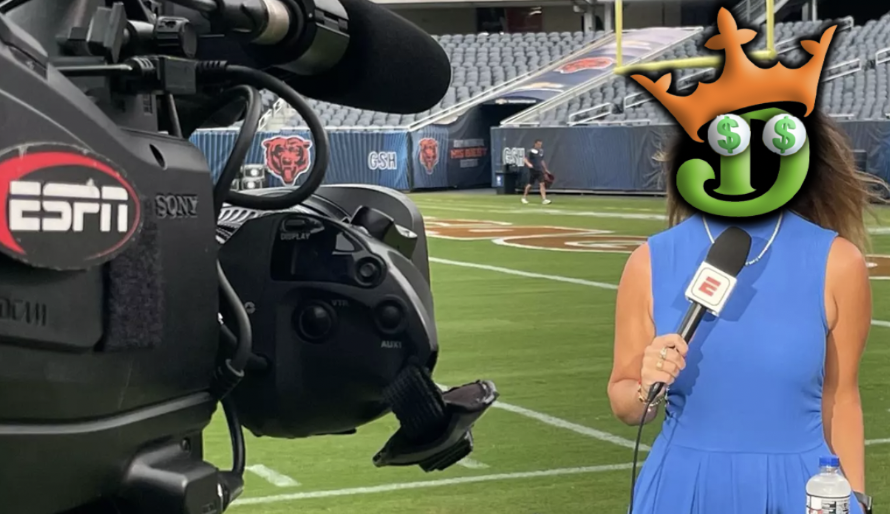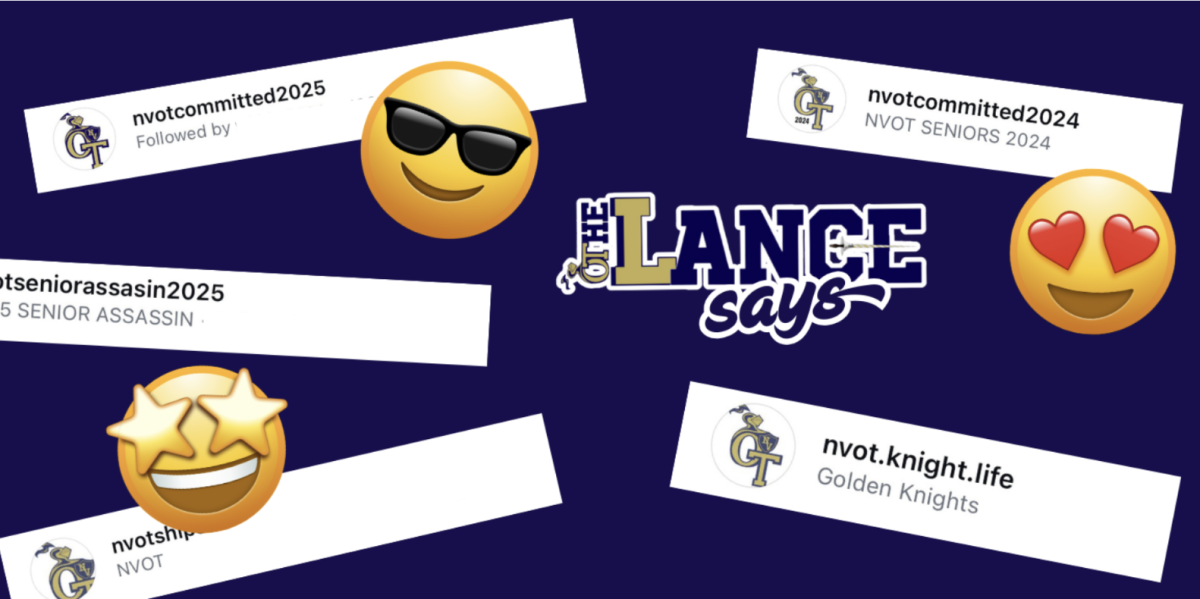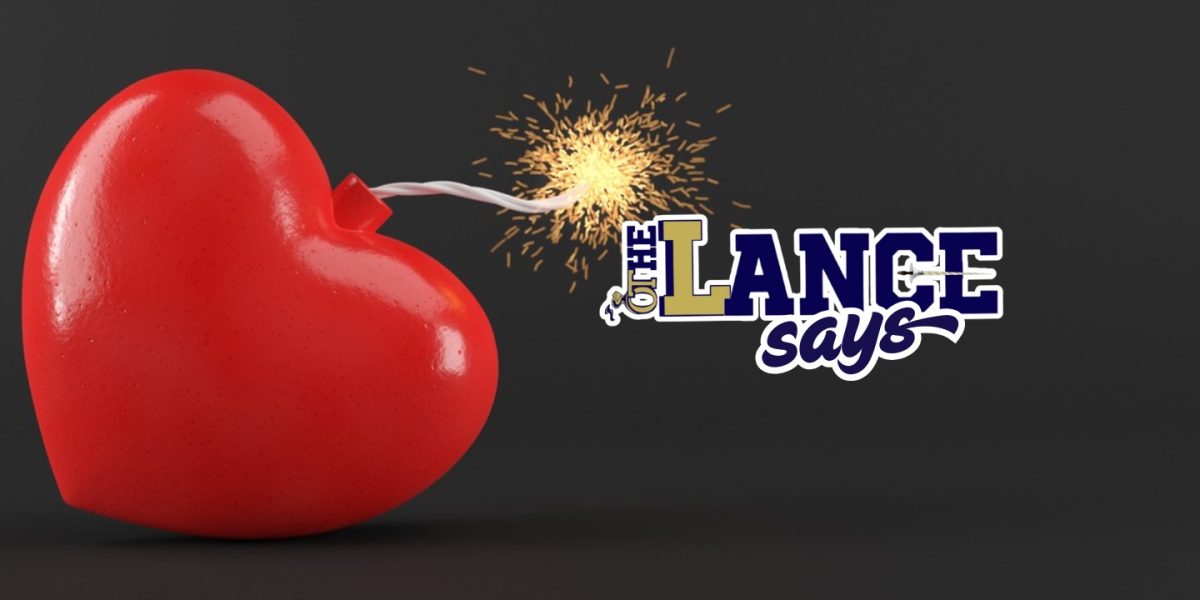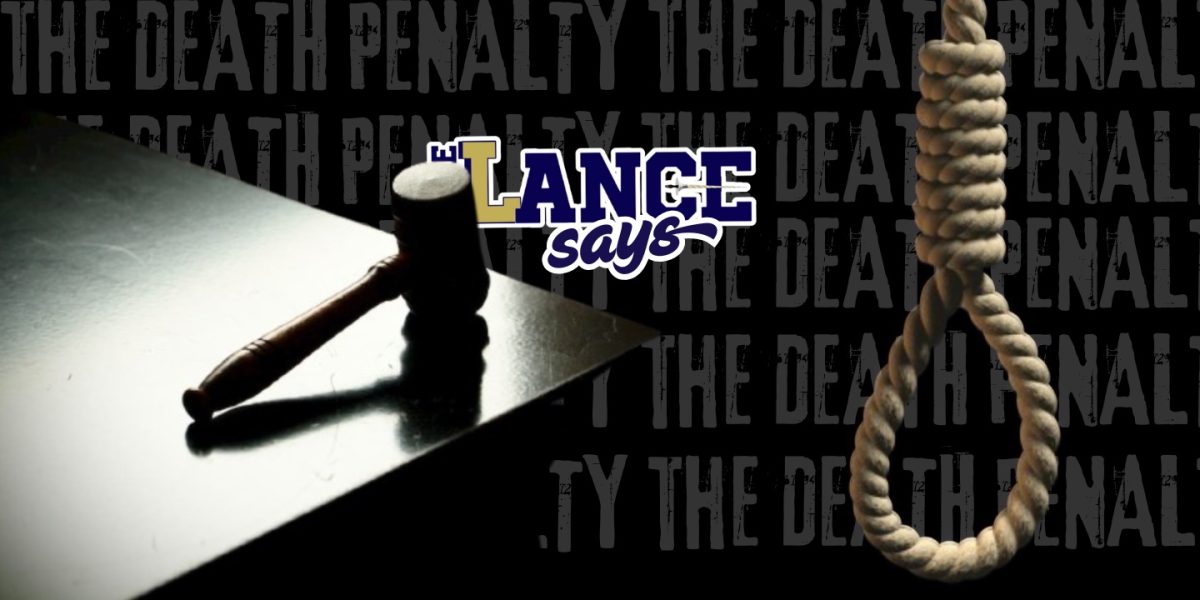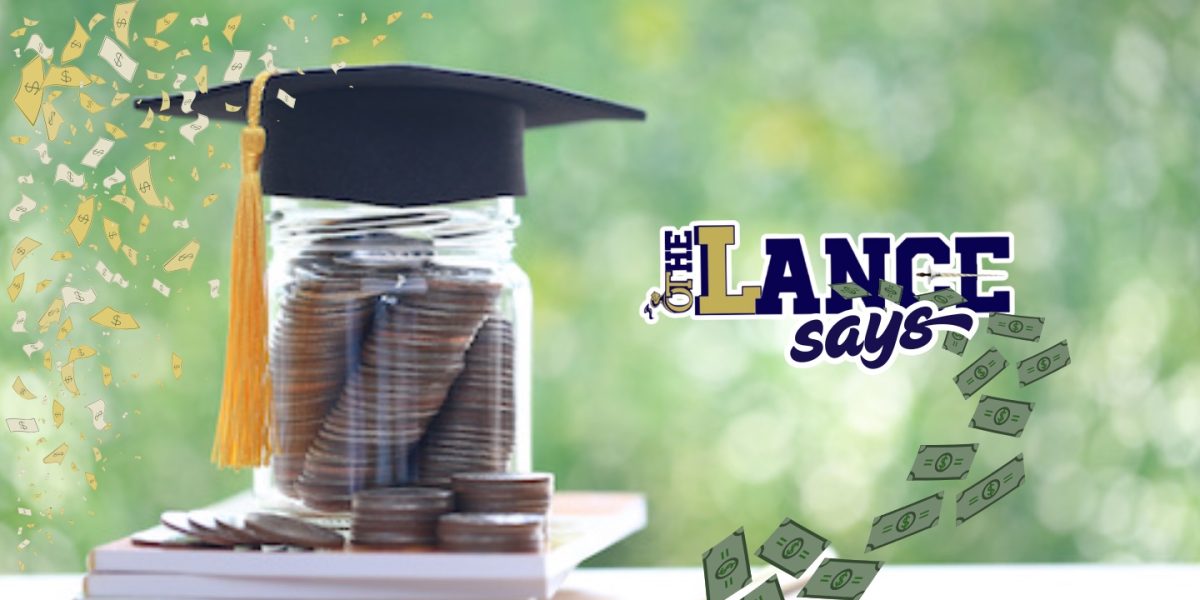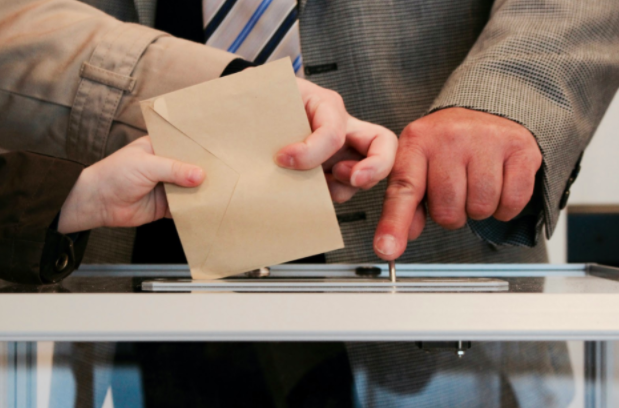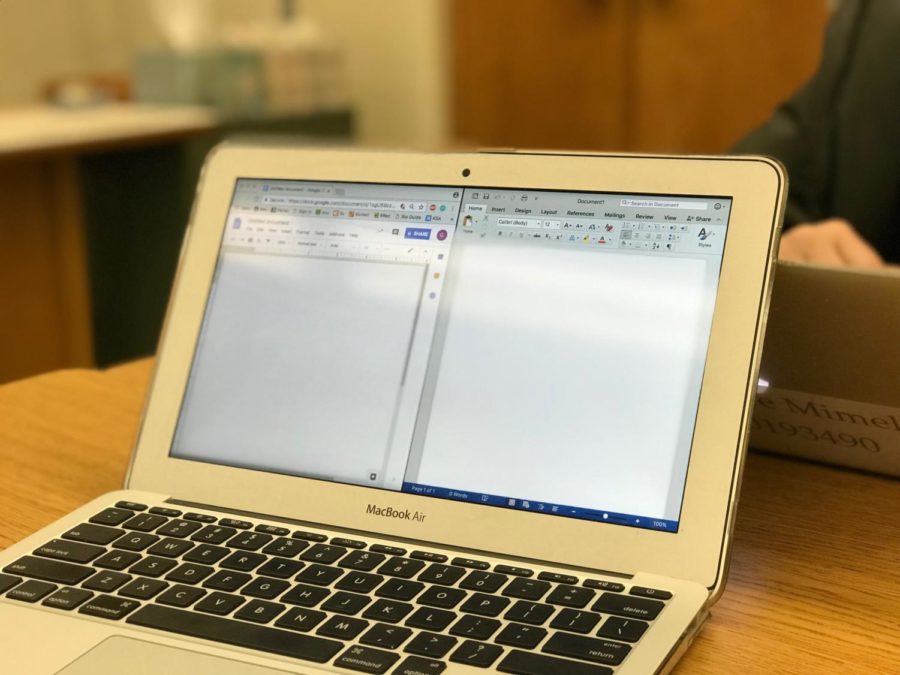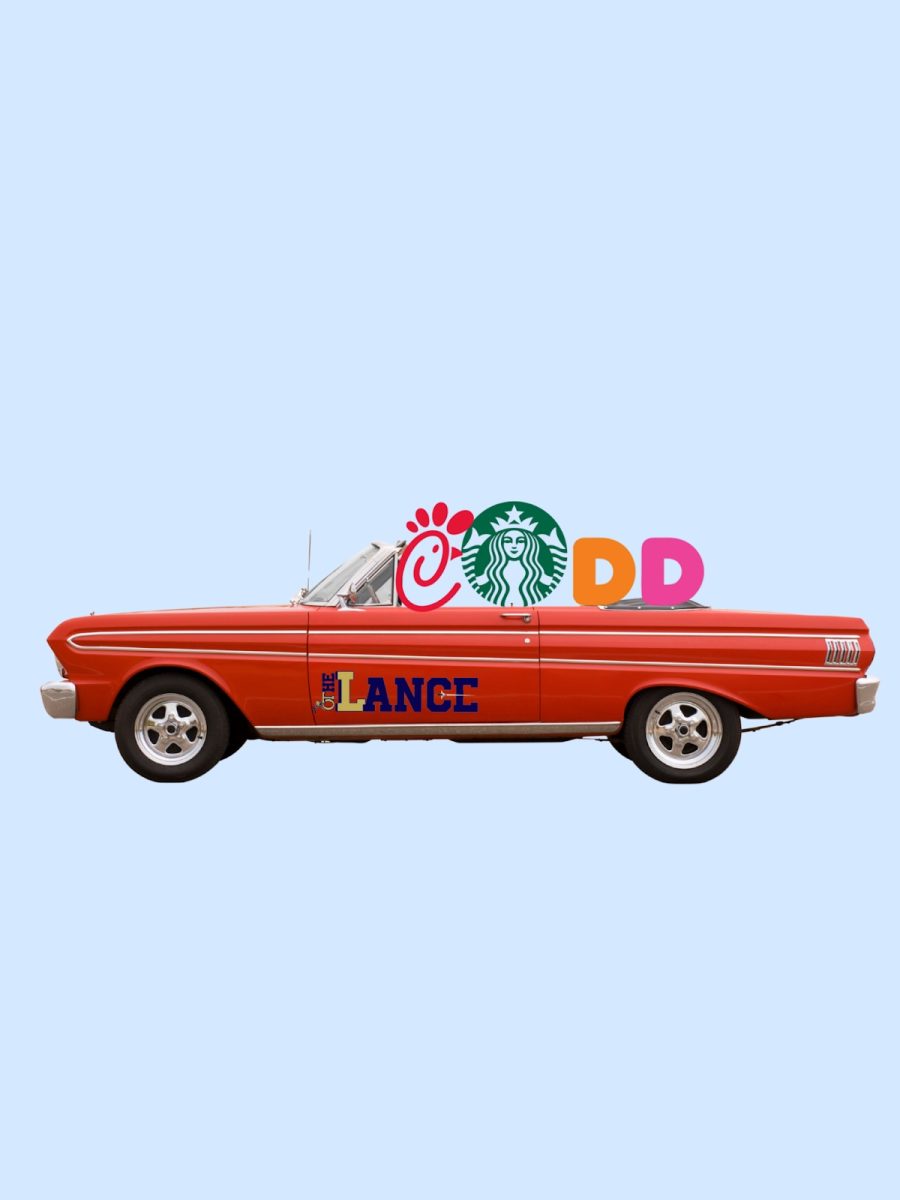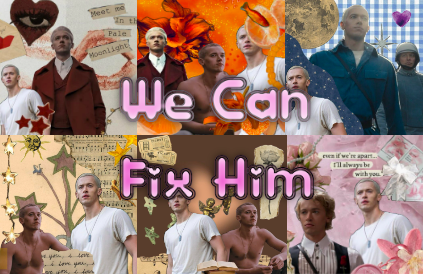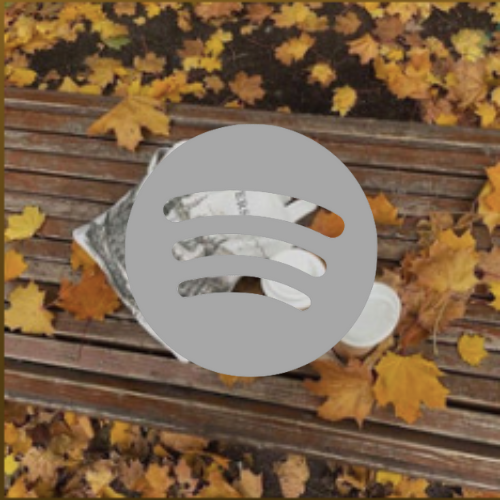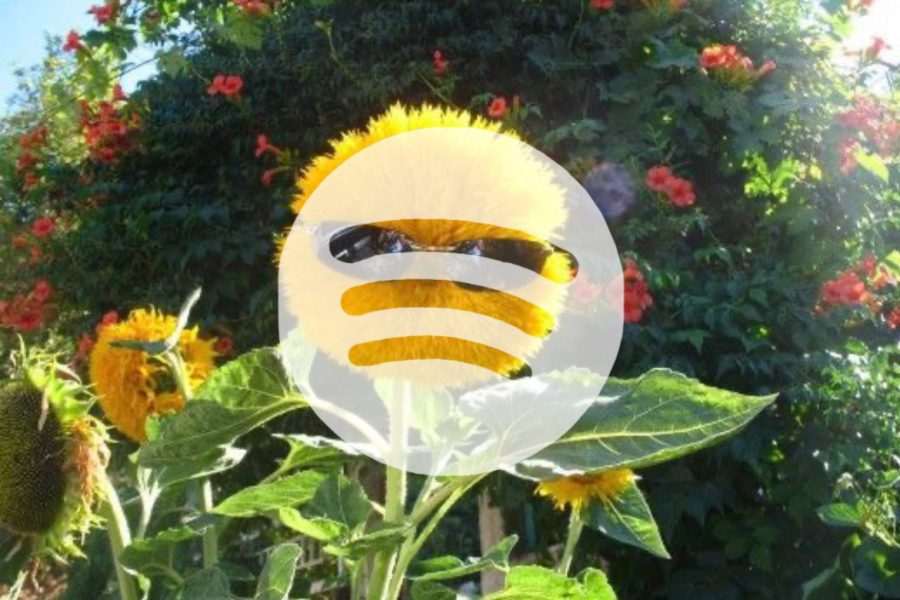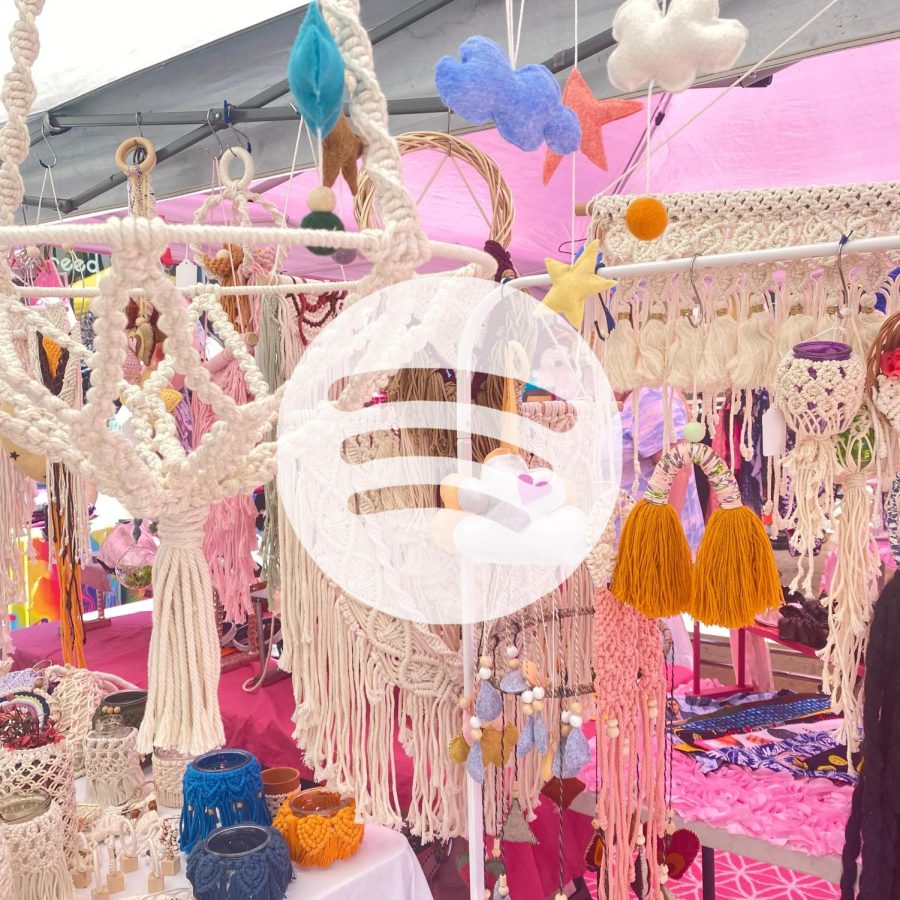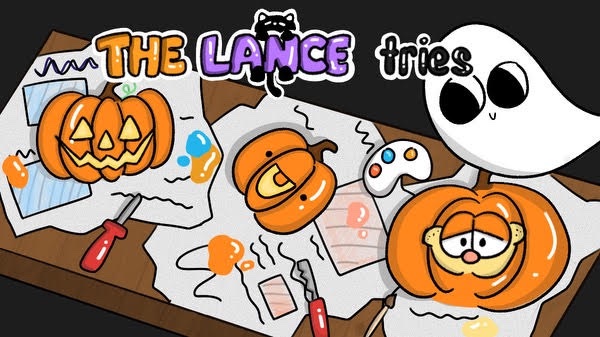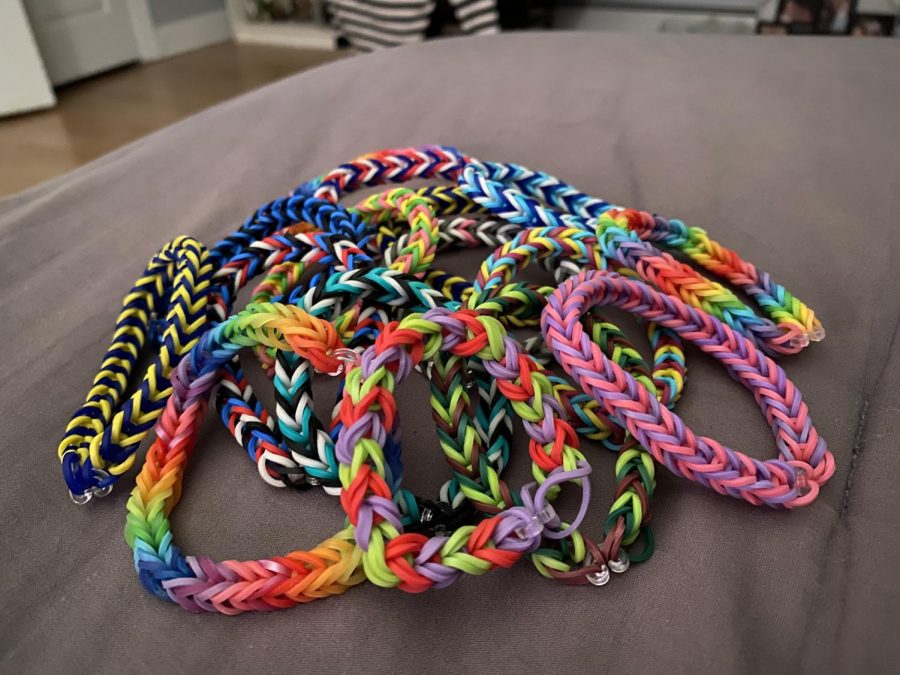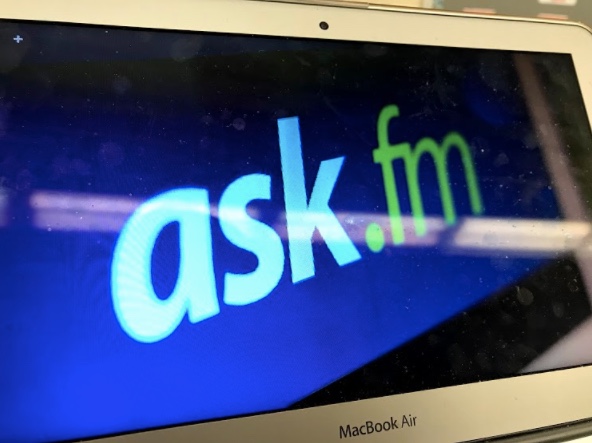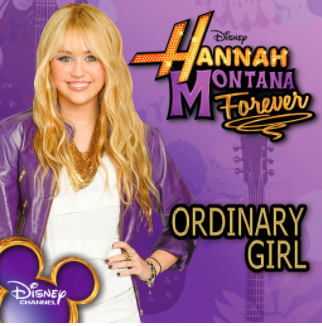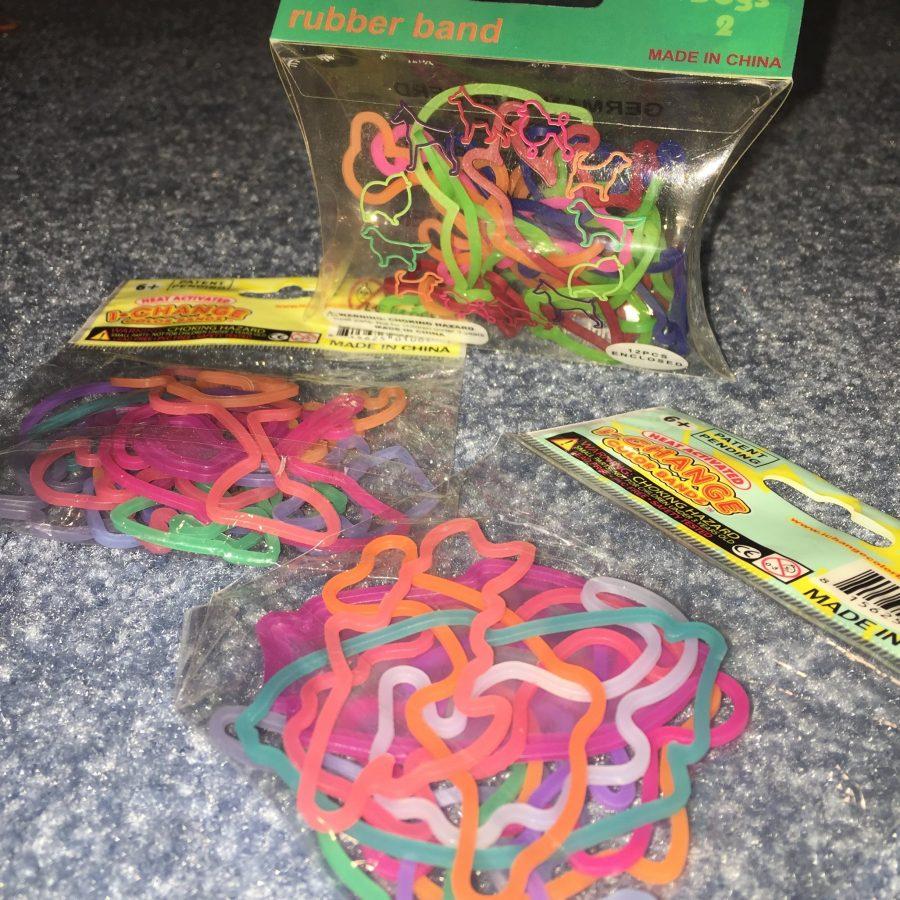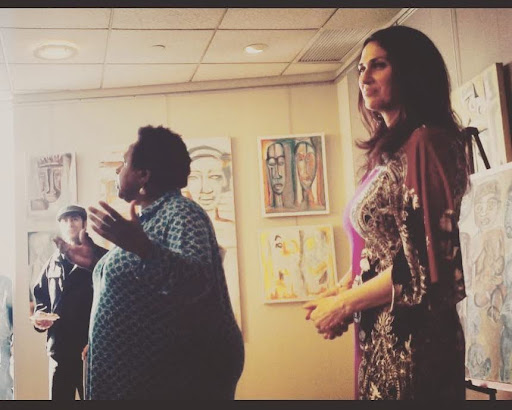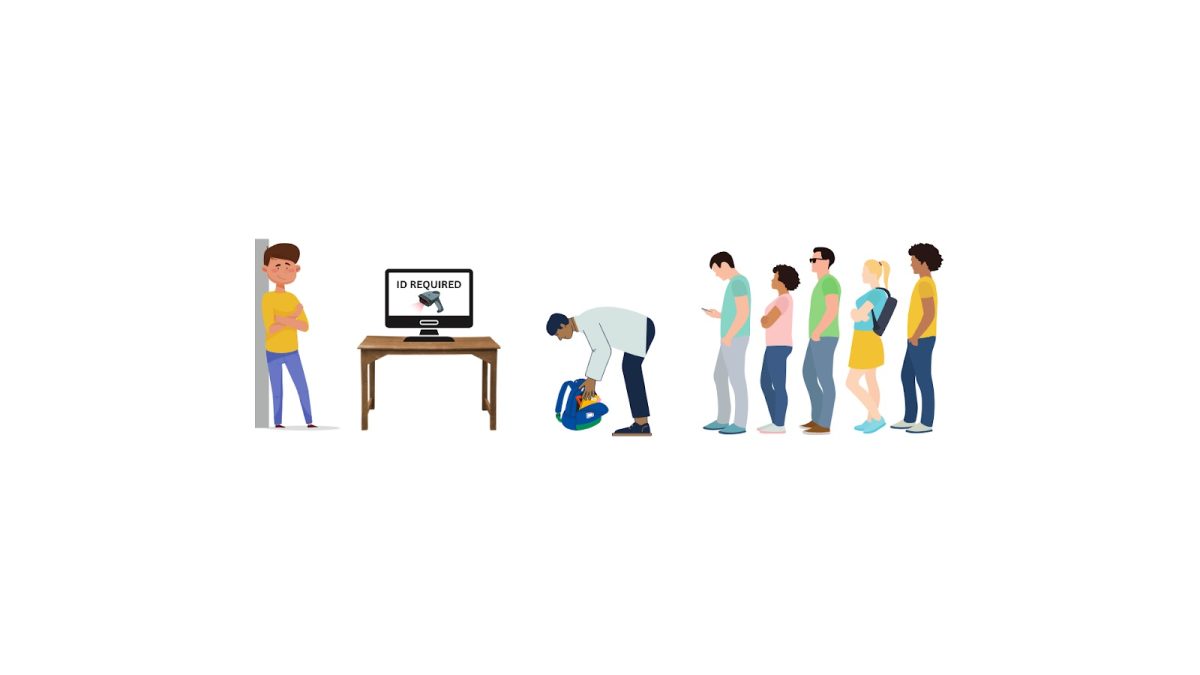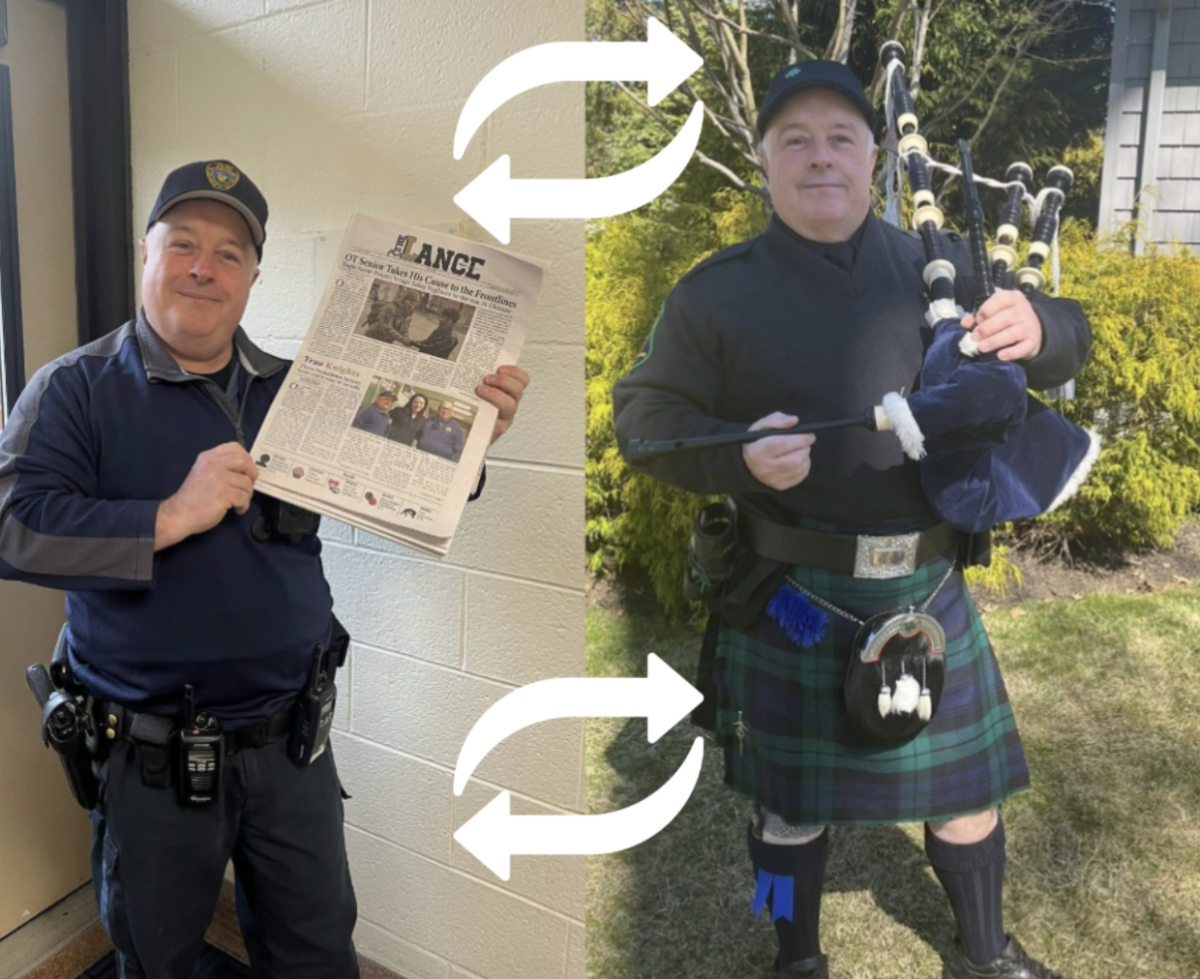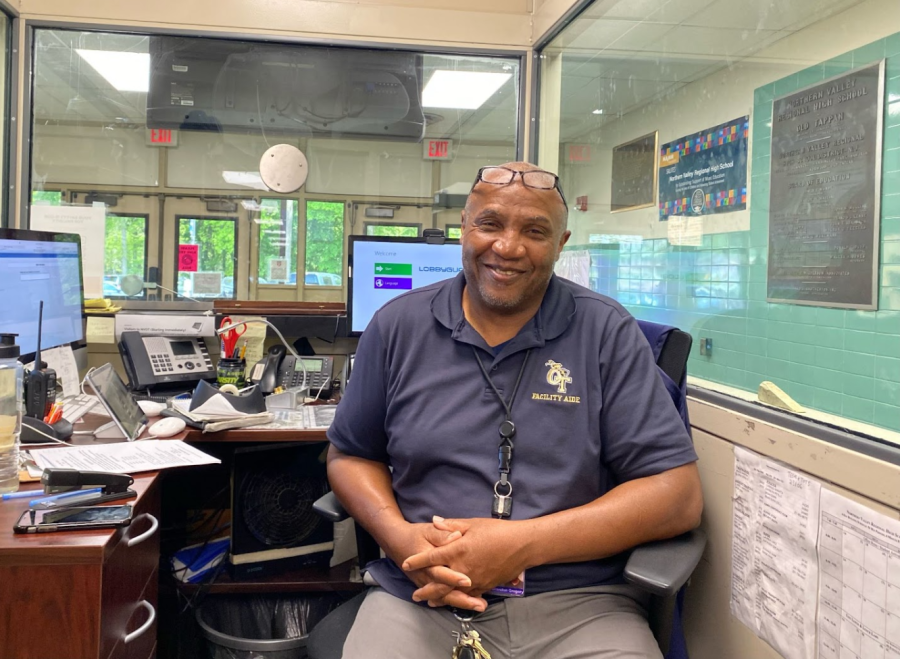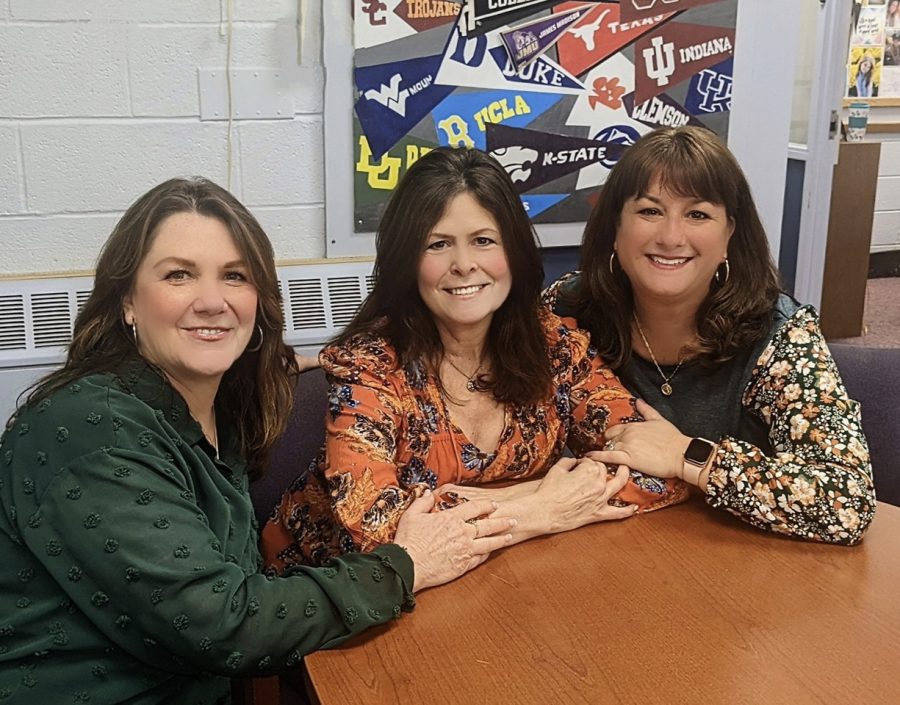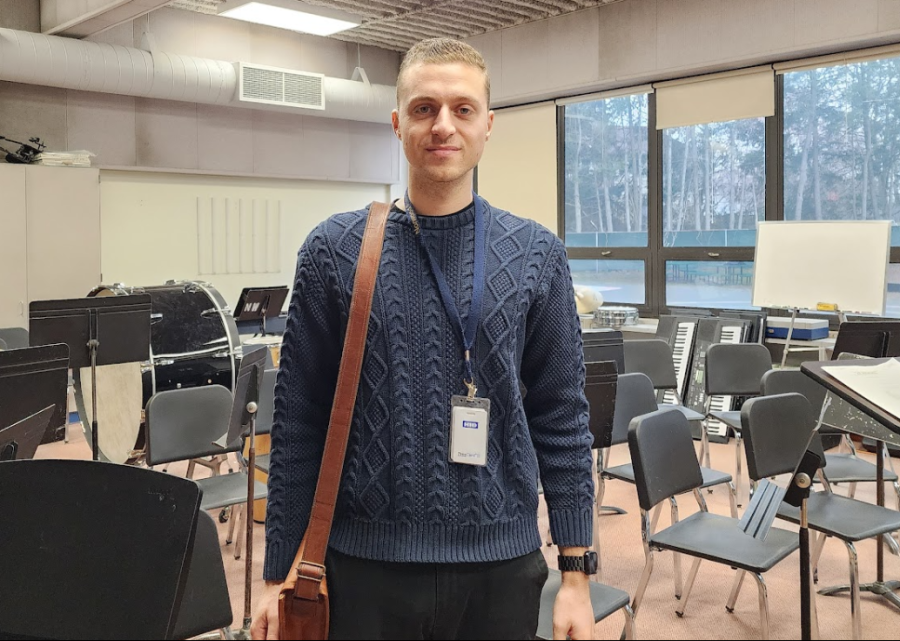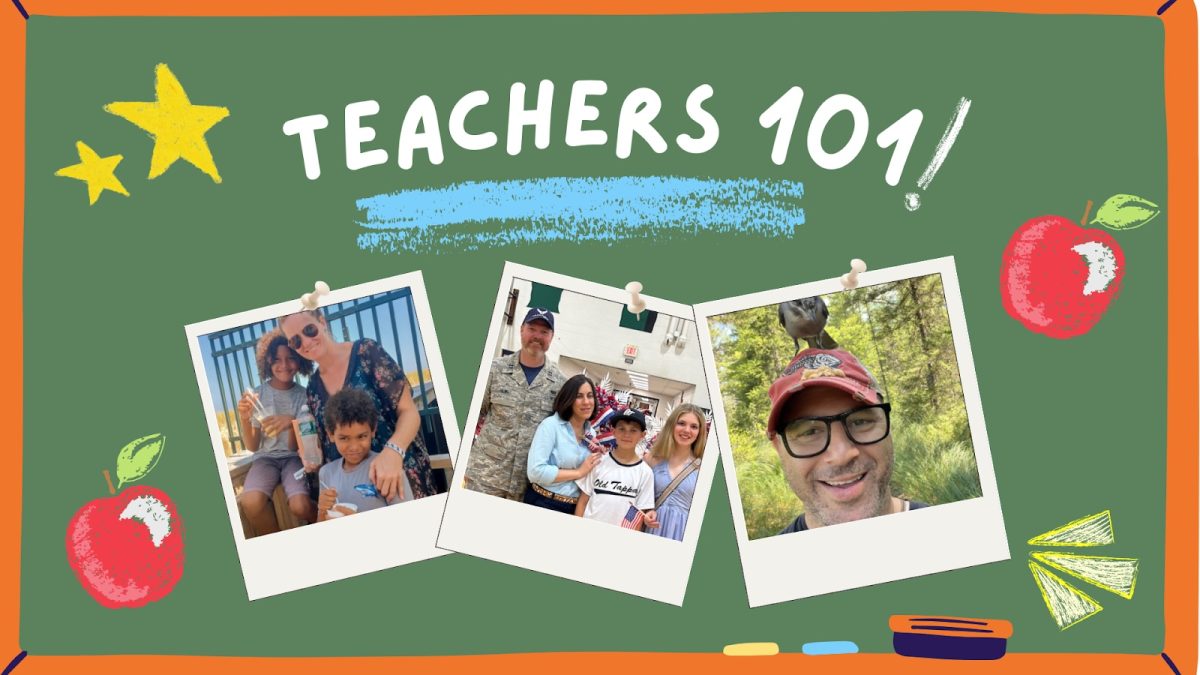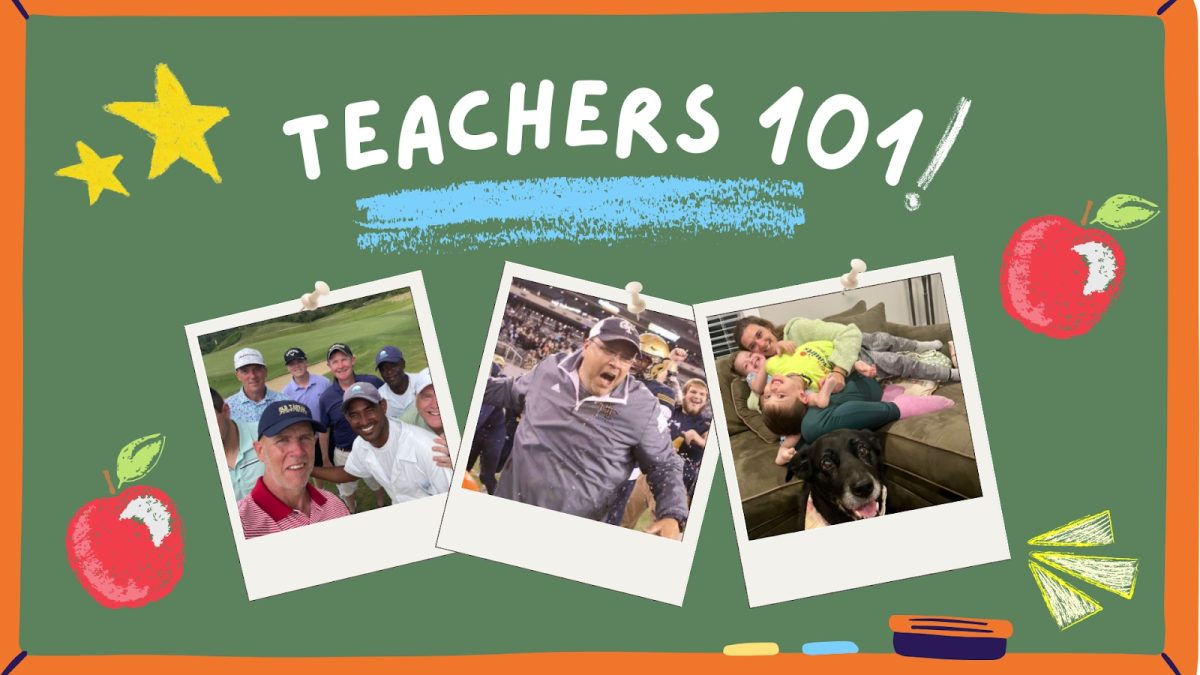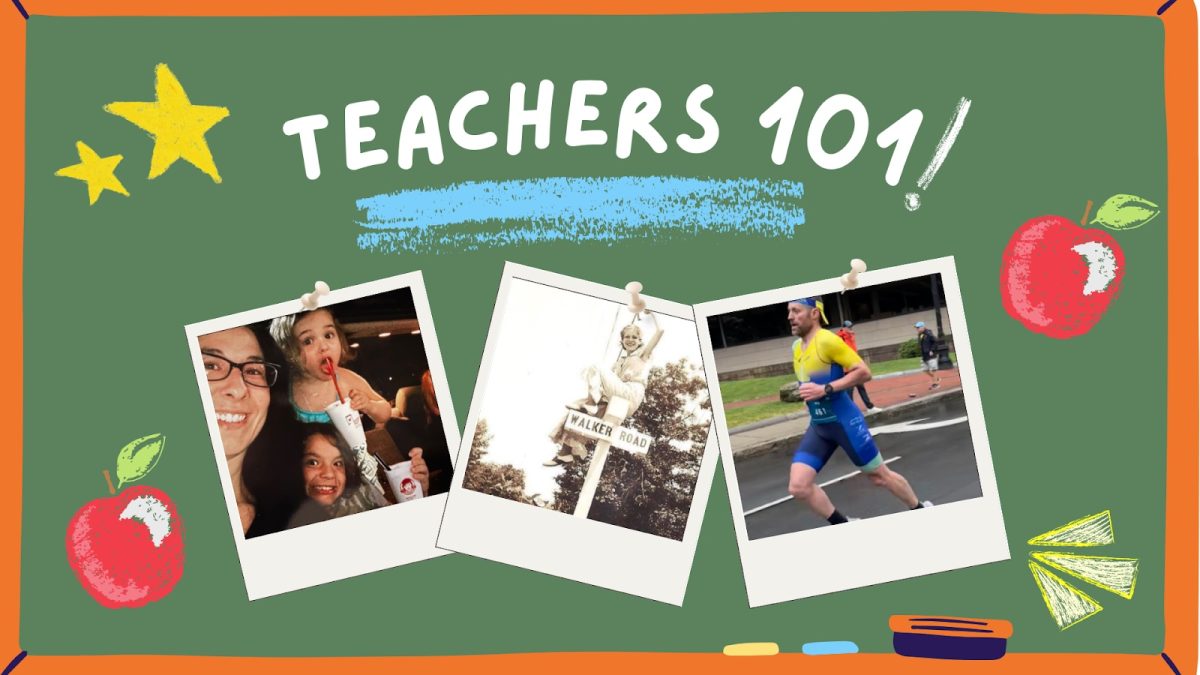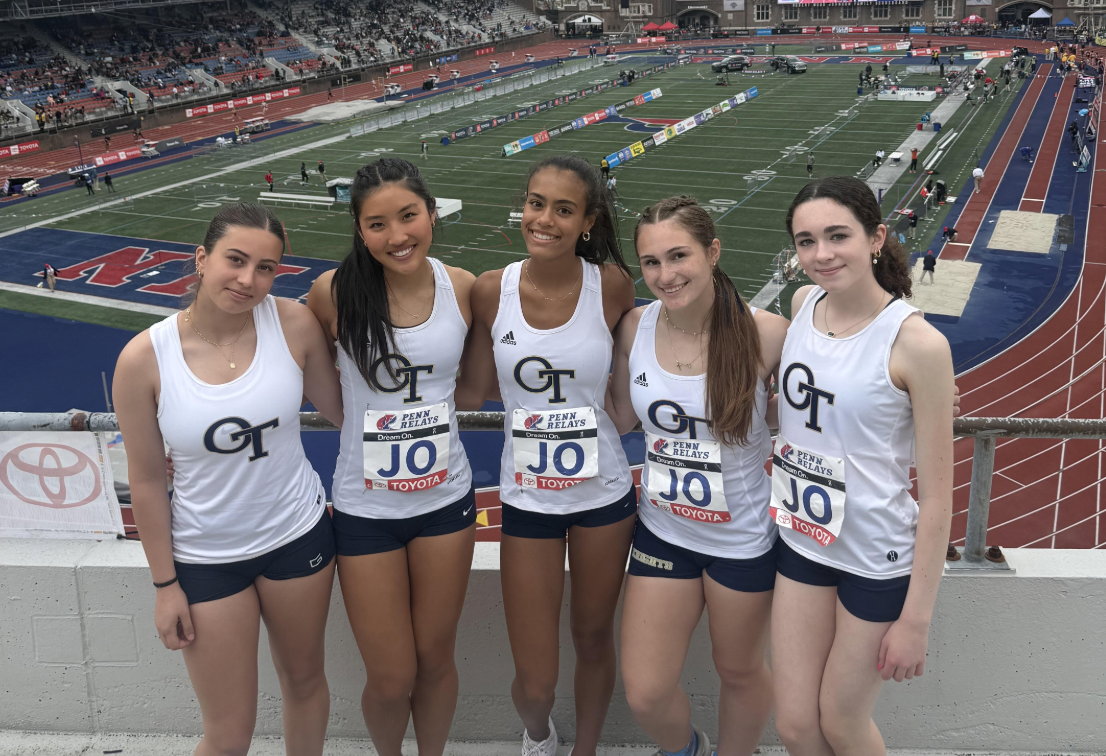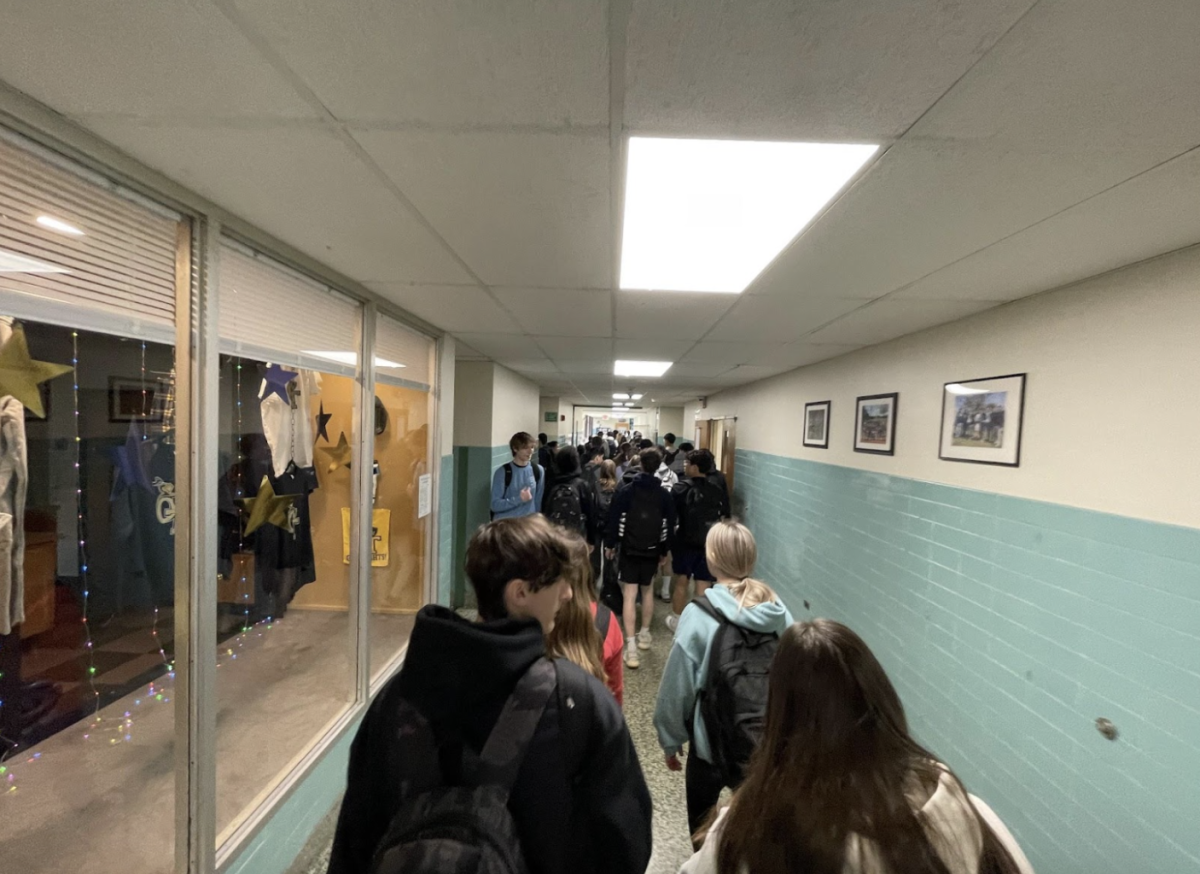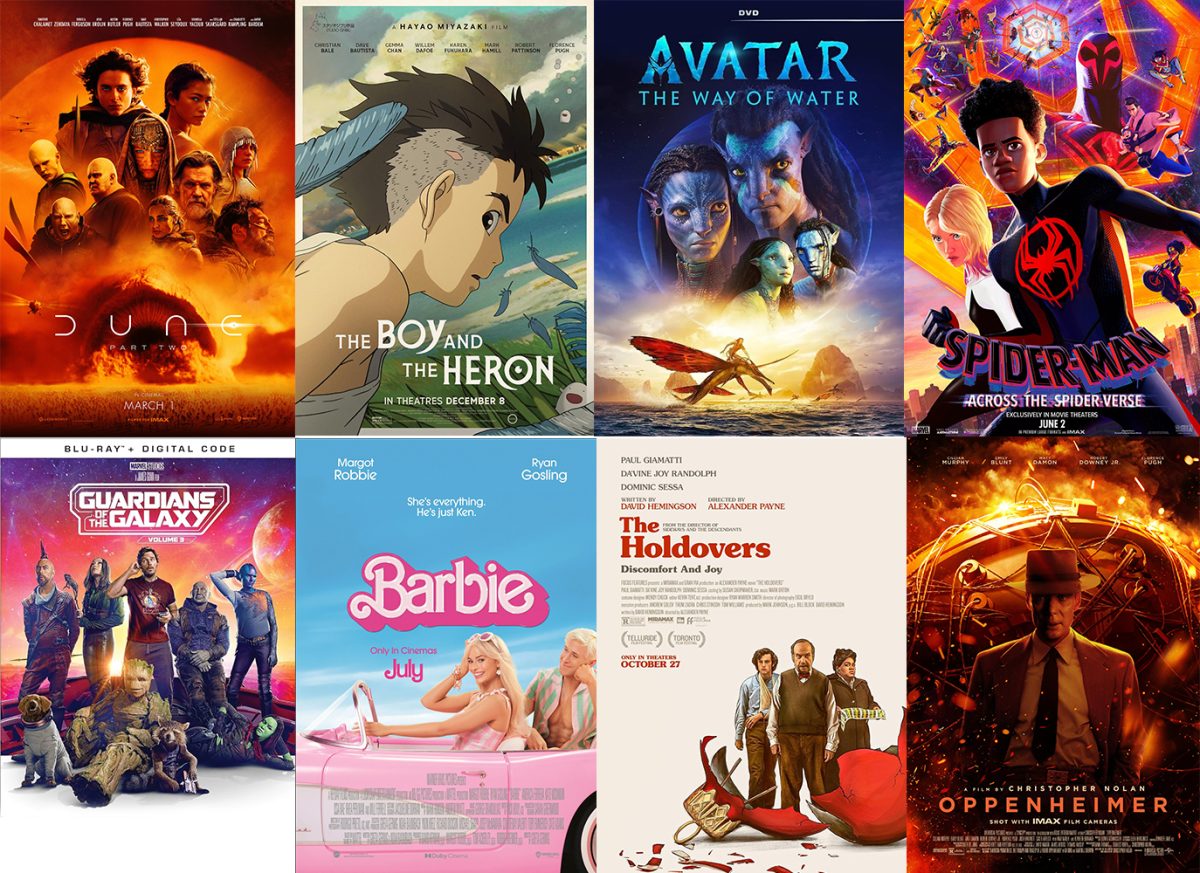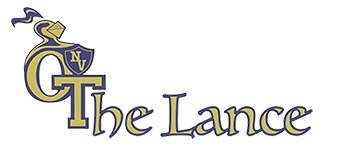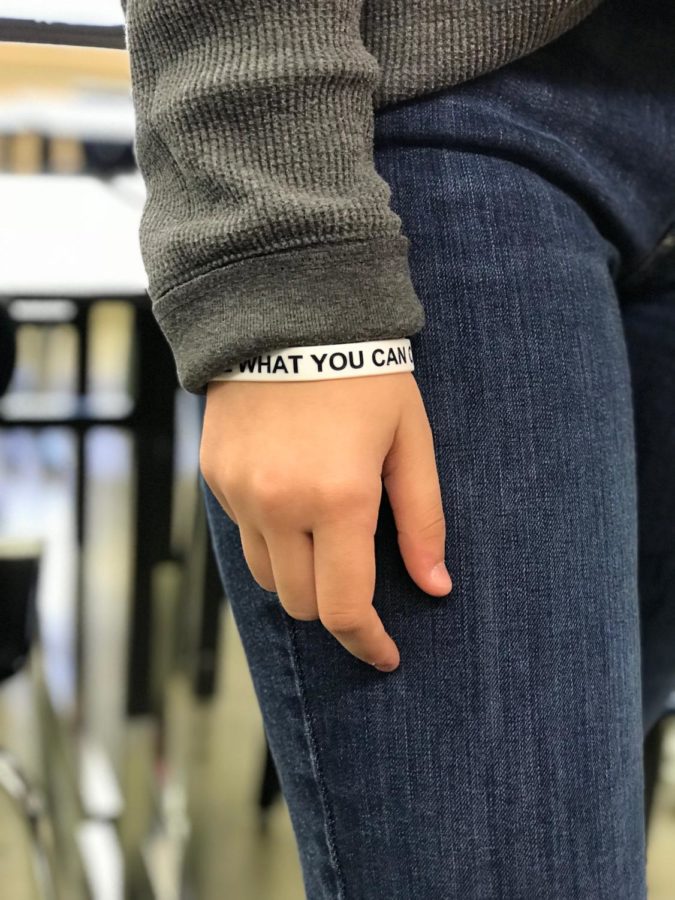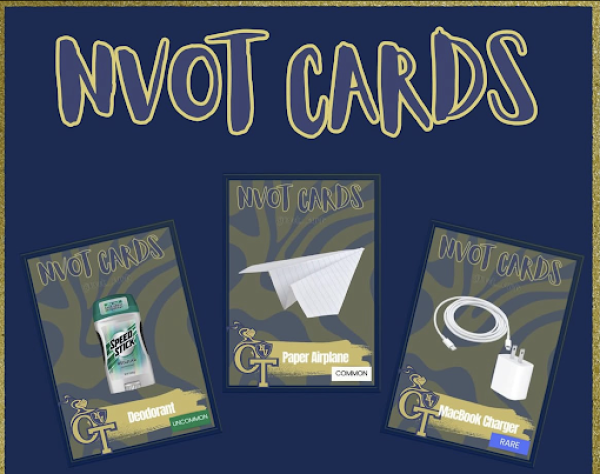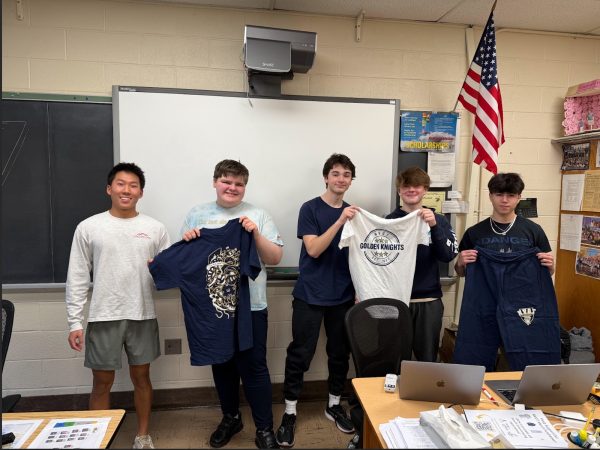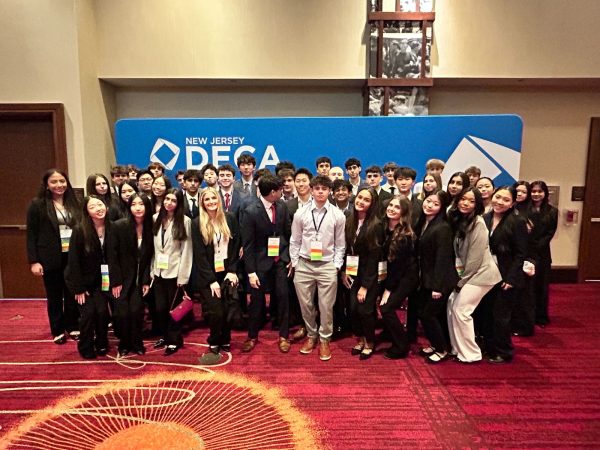Entrepreneurship Class Sold What They Could Sell
Popular school motto now imprinted on the wrists of hundreds
On Golden Knights Day, the exhausted junior and senior classes sat opposite each other in the North Gym bleachers. At the center of the basketball court stood Principal Bruce Sabatini. After commending the Student Senate for all of their hard work of organizing the competition, he gave the upperclassmen a piece of advice they were used to hearing on the announcements or posted in PowerSchool Learning**: “control what you can control.” The rowdy students went crazy cheering for Dr. Sabatini, while he pumped his fist in the air, revealing his renowned motto imprinted on a white wristband.
In fact, there were probably quite a few other people in the gym wearing them as well. During the last few weeks of January, as a part of its final class project, the Entrepreneurship class sold them around the school for $2 each. They also sold leftover school gear, and the profits made were sent to the Make-A-Wish Foundation.
According to the teacher of the class, Mr. Frank Rotella, the kids came up with the idea to put Dr. Sabatini’s ‘control what you can control’ slogan on the wristbands.
Junior Dana Schoolsky said the class “tossed around the idea of [putting the quote on] stress balls and t-shirts,” but they thought that the wristbands would bring far more success to the project.
Although many people may not realize it, the sale is a graded class project with lots of work put in behind it. As a “student-run business,” said Rotella, the class “had to come up with the marketing strategies to improve sales.” This coincides exactly with what they are studying in class, which includes “learning how to create an ad campaign using marketing materials and financing businesses,” Rotella added. “The success of the project is how their grade is based.”
In the hallways and cafeterias, many of the Entrepreneurship students pressed their peers to purchase the product, using all different sorts of persuasive techniques. However, Schoolsky asserted that the main reason the project succeeded was because the class as a whole “wanted to succeed.” They made sure to “work really well together as a team” and felt that “communication was key” to their success.
Although the product has changed over the years, donating all the money to the Make-A-Wish Foundation has stayed constant. Mr. Rotella has enjoyed “keeping it consistent,” and Schoolsky added that the organization “always sends a nice letter back and tells us where the money has directly gone, so it’s really great to be able to see that impact.”
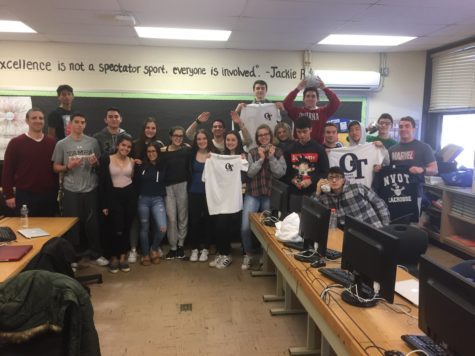
Dr. Sabatini thought the project itself was “a nice idea” and he especially liked that “it was for a great cause.” In fact, he has purchased multiple wristbands himself. ‘Control what you can control’ has been his motto for a long time, as he likes how it “keeps things simple.”
At the end of the day, Dr. Sabatini wants the quote to “relieve stress and pressure from both students and adults.” He says it to remind everyone in the building that “as long as they prepare and do the best they can, they can move forward in life and keep thinking they’re going to be successful.”
Right now at NVOT, ‘‘control what you control’ is not just the principal’s motto or phrase imprinted on a rubber wristband. Rather, it is more like a Biblical verse repeated over and over and over again by students, whether they are saying it in jest or not. Perhaps this is a direct manifestation of Sabatini’s strategy in giving advice to students: “streamlining things and communicating directly”.
Overall, the sale raised over $1,400: a record unmatched by Rotella in all the years he has been teaching the course.
Even though the class is a half-year elective and the sale is over, Schoolsky maintained that “entrepreneurship is all about taking risks and creating a product that people are going to buy.” As long as they felt they sufficiently “controlled what they could control,” the class should be pleased with their work on the project.
**Yes, I know, I know: it’s really Haiku.


